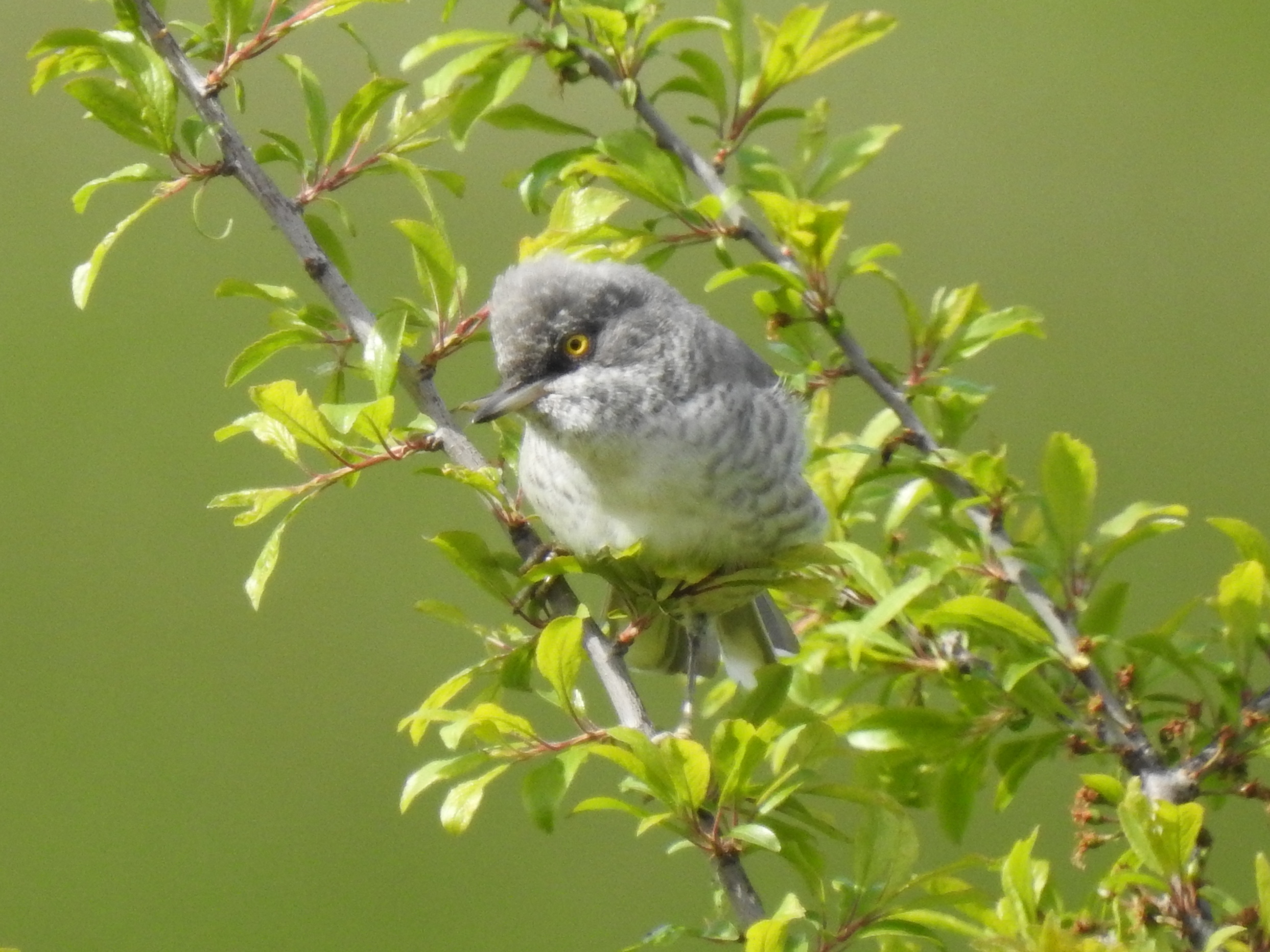
Volume 44 - N. 1
June 2020
Avocetta
Volume 44 - N. 1
Volume 44, N°1 - 2020
-
Editorial - COVID-19 and ornithology: will 2020 be a sad gap in our data?
Roberto Ambrosini, Editor-in-Chief
-
Avian brood parasitism in Italy: another perspective
Daniela Campobello, Spencer G. Sealy
-
The historical and current distribution of Dalmatian Pelican Pelecanus crispus and Great White Pelican Pelecanus onocrotalus in Greece and adjacent areas: 1830-2019
George Handrinos and Giorgos Catsadorakis
-
Loss of graded enemy recognition in a Whitehead population allopatric with brood-parasitic Long-tailed Cuckoos
Shelby L. Lawson, Nora Leuschner, Brian J. Gill, Janice K. Enos and Mark E. Hauber
-
Short Note - Current distribution and population size of the Barred Warbler Sylvia nisoria in South Tyrol (Italy)
Francesco Ceresa, Matteo Anderle, Leo Hilpold, Roberto Maistri, Oskar Niederfriniger, Renato Sascor and Petra Kranebitter
-
Short Note - Past and present distribution of the Common Myna Acridotheres tristis in Italy: a review
Emiliano Mori, Susana Saavedra, Mattia Menchetti and Giacomo Assandri
-
Short Note - Three-phase transformer arcing horns; neglected deadly components to birds
Mahmood Kolnegari, Richard E. Harness
-
Short Note - Response behaviour in wintering wigeon (Mareca penelope) due to motor/electric boat disturbance: explorative data suggest a recurrent pattern
Corrado Battisti
-
Bird News - June 2020
Gaia Bazzi (ed.)

